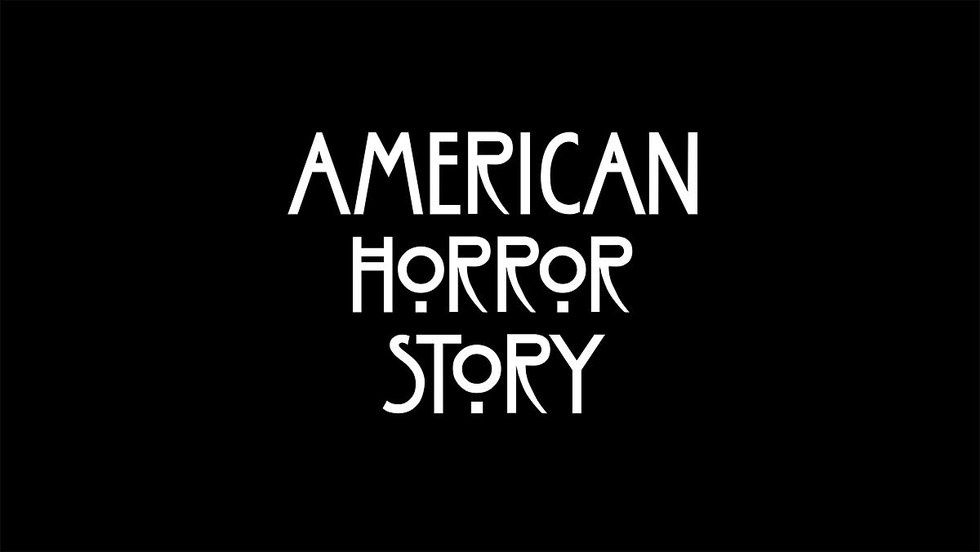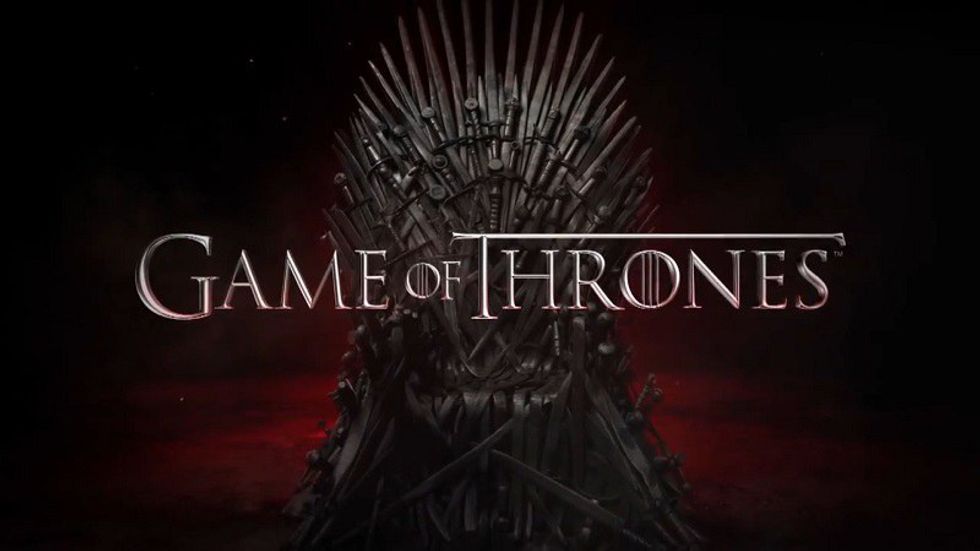No comic book has been the subject of more essays and serious literary discussion than Alan Moore and Dave Gibbons' Watchmen. It has been named one of the 100 greatest novels of the past century by Time Magazine. Released back in 1986 and 1987, this 12-issue maxi-series was a groundbreaking achievement for comics. Written "for adults," Watchmen opened the doors for thought-provoking and intelligent comics in the mainstream (Including Maus and the Dark Knight Returns). Two decades after its arrival, Watchmen still stands as one of the best comics of all time.
Moore's tale of a world without heroes is eerily relevant to today's America. Set in 1985, eight years after costumed vigilantes were outlawed (Which was a concept borrowed in The Incredibles), Watchmen is part murder mystery, part political drama. When America's only regulated super-being, the god-like Dr. Manhattan, decides to leave Earth for the Mars, Russia begins a series of bold moves that could lead to nuclear proliferation. While the world at large is facing crisis, someone has begun killing the retired costumed heroes of America. A few of the old guard begin an investigation, one that leads to a shocking revelation and an unexpected finale.
In Watchmen, Moore shows us a world that has gone completely mad. Not only is the escalation of Cold War hostilities and the idea of nuclear annihilation insane, but the characters driving this tale are all touched with madness. Nixon, the perfect mixture of power and paranoia, has managed to remain President through the '80s. Everyone's favorite hero, Rorschach, is a violent, delusional sociopath. Even the pragmatic Dr. Manhattan cannot escape the manic nature of the human condition. It's a mad, mad, mad, mad world and Moore depicts its darkest corners.
Watchmen is the greatest display of Alan Moore's gift for storytelling and juxtaposition. Employing parallel storytelling, often through a young man reading an old swashbuckler comic book, Moore manipulates the emotional pitch of Watchmen. A great deal of time is devoted to the common man on one specific street corner. It seems, at times, almost like a waste, distracting from the murder-mystery plot. The relevancy of one street corner, of the lives of a handful of New Yorkers, becomes tragically clear in the final two issues. What Watchmen does great i this aspect, is that the story illuminates the ordinary lives of a few so that we can understand the tragedy that strikes the millions of others just like them in what feels like a anti-climatic ending.
As much as the story of Watchmen helped shape the future of comics, Dave Gibbons' art altered the way people viewed the art form. What Gibbons did great was that he wasn't afraid to leave central characters off-panel or focus on an object in the foreground, making the speaking characters visually obsolete. There's little action to no action in Watchmen, and the story is long (350 pages long to be blunt), so Gibbons uses cinematic tricks to keep our focus through pages upon pages of dialogue.
If reading the novel sounds daunting and complicated, then there's always the 2009 film adaption based on the graphic novel. While film doesn't capture every detail from the novel, it still does a great job capturing the tone and the spirit of the original source material. Regardless, Watchmen is a masterpiece that has inspired other great stories, and is a novel worth checking out.


























